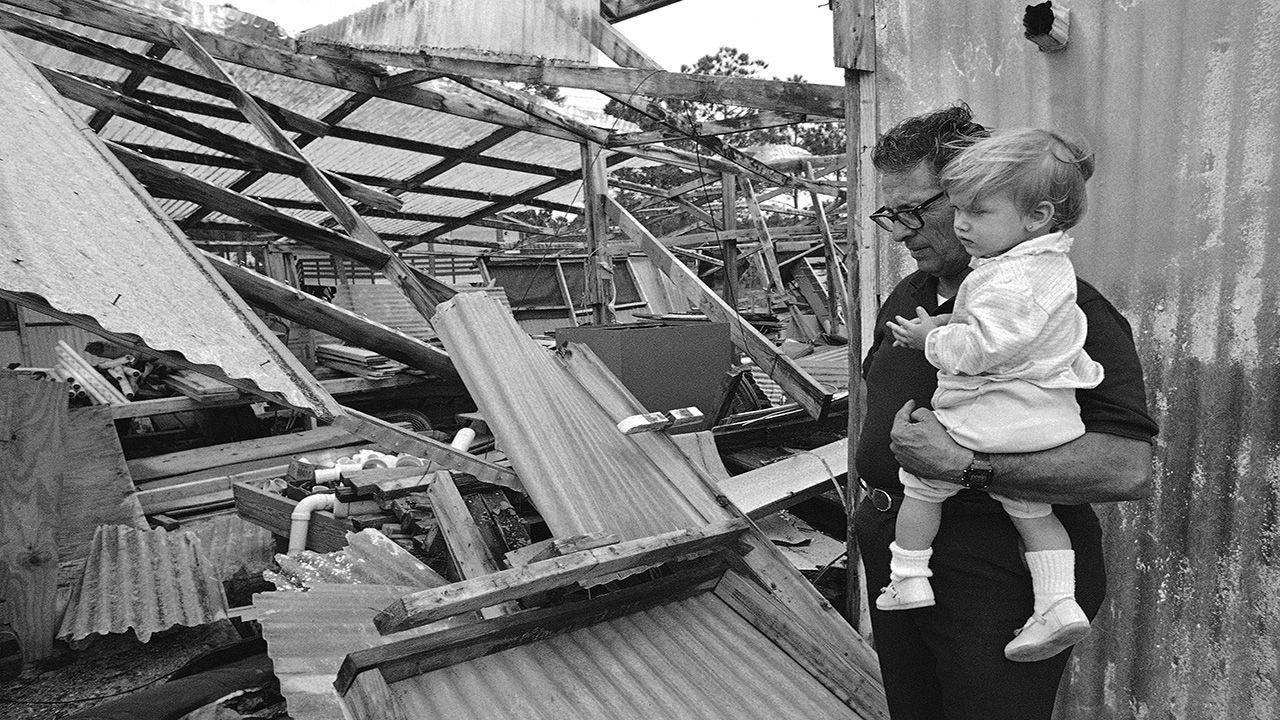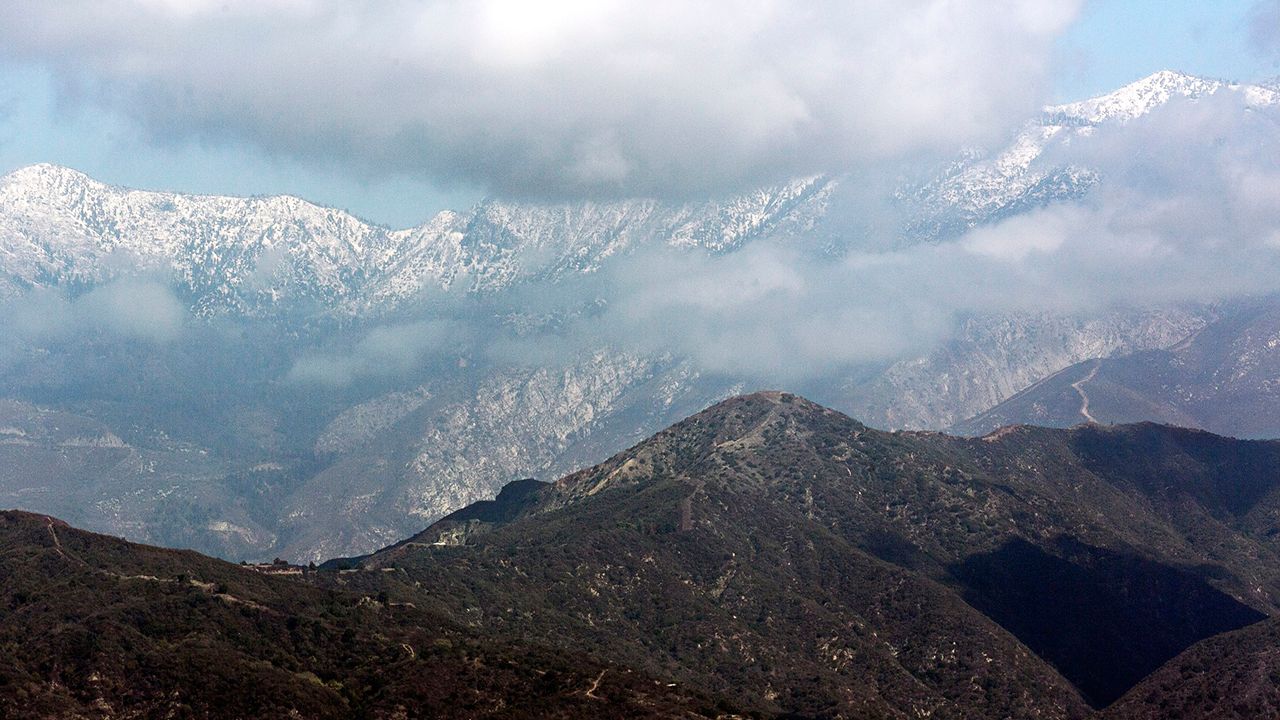We have finally made it to the last month of the Atlantic hurricane season. Even though activity decreases during November, we have still seen some strong storms form.
Let’s take a moment to look back in recorded history and count down the top November storms. Though most November storms stayed out at sea, there are a few that left a lasting impression on the U.S.
Hurricane Nicole in 2022: The last storm of the 2022 season, Nicole formed just north of the Lesser Antilles, moving north, then west toward Florida. It then made landfall three times in the Sunshine State on Nov. 10.
The first landfall was south of Vero Beach as a Category 1 hurricane, and the second and third occurred as a tropical storm just northwest of Cedar Key and near the mouth of the Aucilla River.
Major storm surge caused significant beach erosion on Florida's east coast. Buildings near the coast became damaged, and some even collapsed.
Three to six inches of rain fell for most areas, causing minor flooding, and strong winds also caused minor damage and power outages across the state.
The storm brought rain across the Southeast, with some areas in North Carolina receiving around eight inches of rain. South Carolina also dealt with minor storm surge.
Nicole caused $1 billion in damage in the U.S.
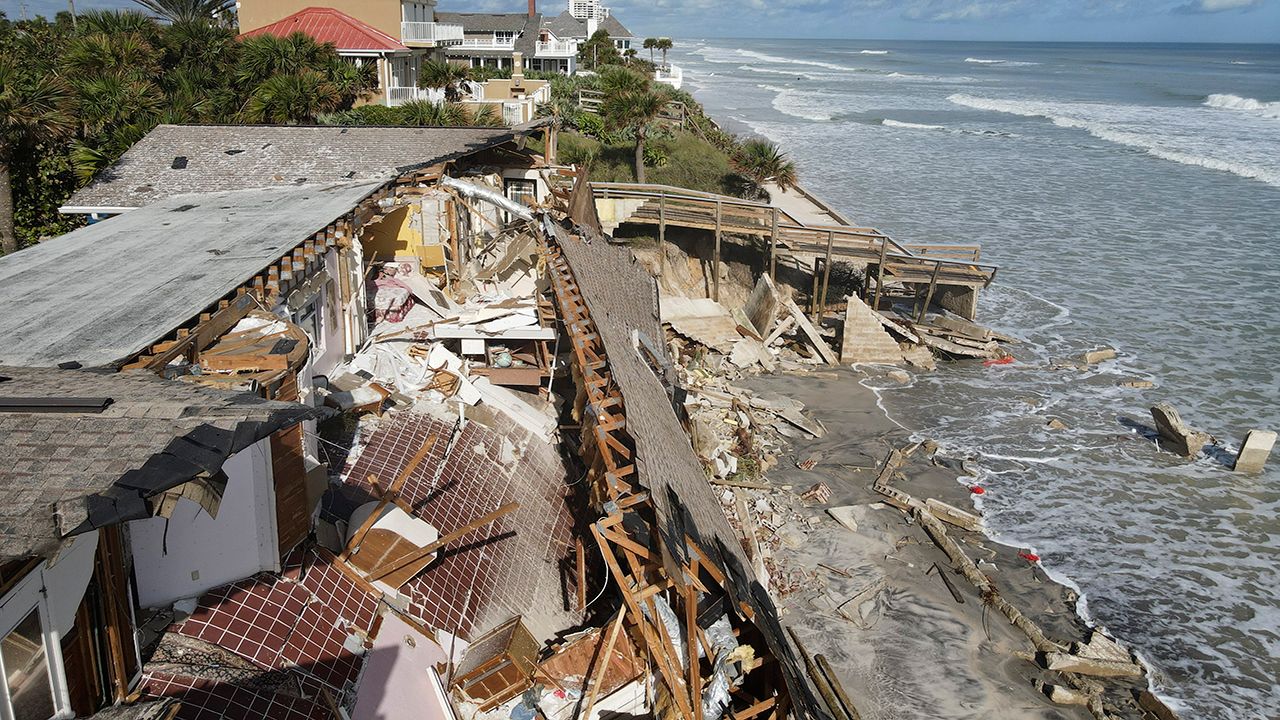
Hurricane Eta in 2020: The first and strongest on our list is Eta. First developing in the Caribbean Sea, Eta moved west, quickly intensifying into a Category 4 hurricane before making landfall in Nicaragua on Nov. 3. Eta devastated communities across Central America, leading to over 200 deaths.
Eta then moved northeast back into the Caribbean Sea before making a second landfall in Cuba.
It then made a third and fourth landfall in the Florida Keys and Cedar Key, Fla. Eta was a tropical storm at the time of the last three landfalls.
Eta brought coastal flooding and heavy rainfall across Florida, which lead to flooded homes and inundated streets. It would then move north, interact with a cold front and bring flash flooding to the Carolinas and Virginia.
Overall, Eta caused $1.5 billion in damage and around 10 deaths, with most of the deaths occurring in North Carolina.
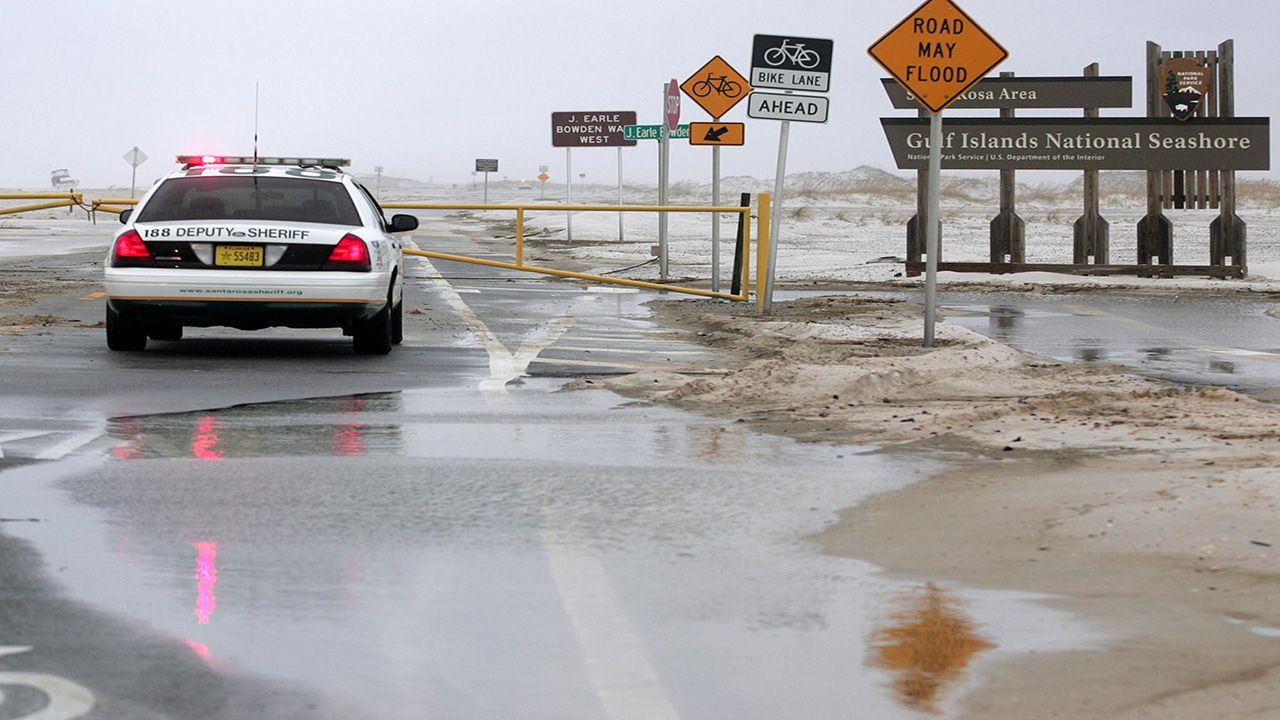
Hurricane Ida in 2009: Ida quickly developed in the Caribbean Sea on Nov. 4 and made its first landfall in Nicaragua on the 5th. From there, it moved back into the Caribbean Sea and made its way toward the United States.
Ida reached Category 2 status in the Gulf of Mexico, but it weakened rapidly to a tropical storm before landfall in Alabama.
The downpours from Ida led to widespread flash flooding across the northern Gulf Coast, but the interesting part comes next.
Ida moved inland and dissipated quickly, and the energy from the storm combined with a low off the coast of North Carolina and became a powerful Nor’easter.
Rough seas, torrential rain, and flooding plagued the mid-Atlantic region, leading to several deaths. Ida took on a new name and became Nor’Ida.
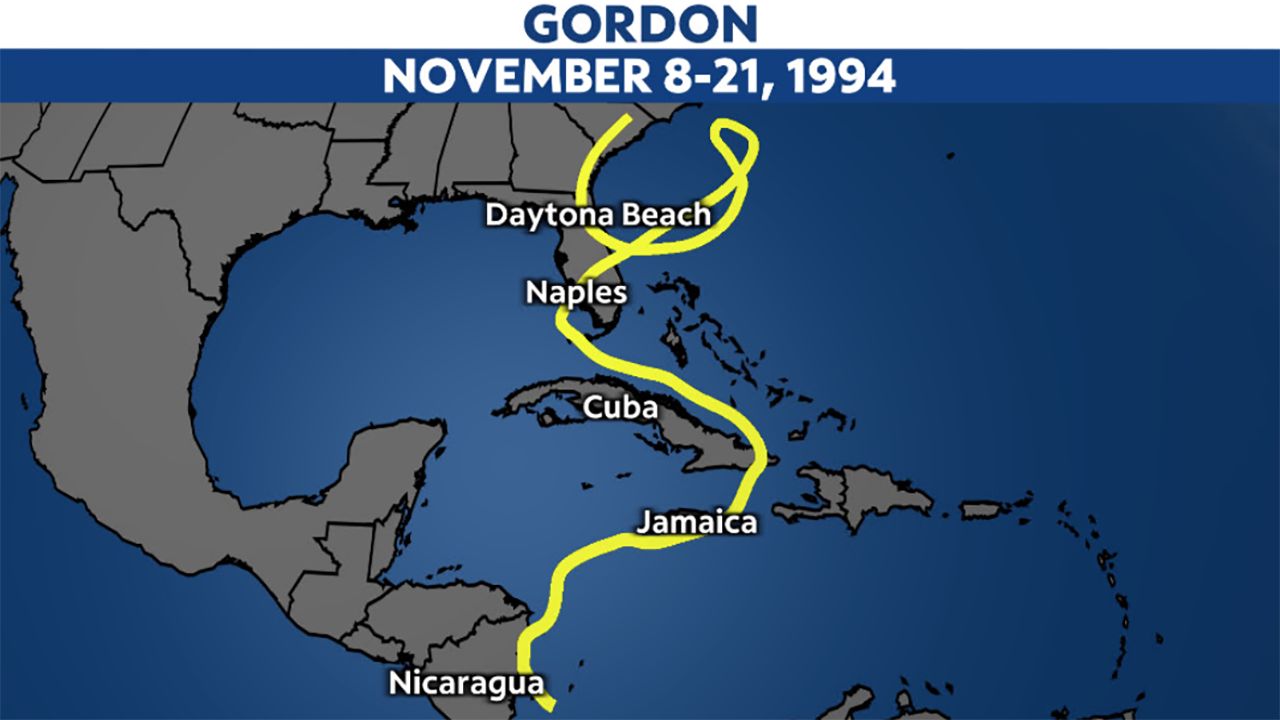
Hurricane Gordon in 1994: Gordon was a destructive storm that made 6 landfalls. Three occurred in the Caribbean, and three occurred in Florida alone.
The first of the three landfalls in Florida occurred in the Florida Keys. It moved off into the Gulf of Mexico and circled back, making a second landfall along the west coast of Florida.
Gordon then moved across central Florida toward North Carolina. Before it reached the state, it dived south and made its final landfall along the east coast of Florida.
Flooding was the primary cause of damage with Gordon. Gordon flooded thousands of buildings, killed eight people in Florida, and did $400 million in damage.
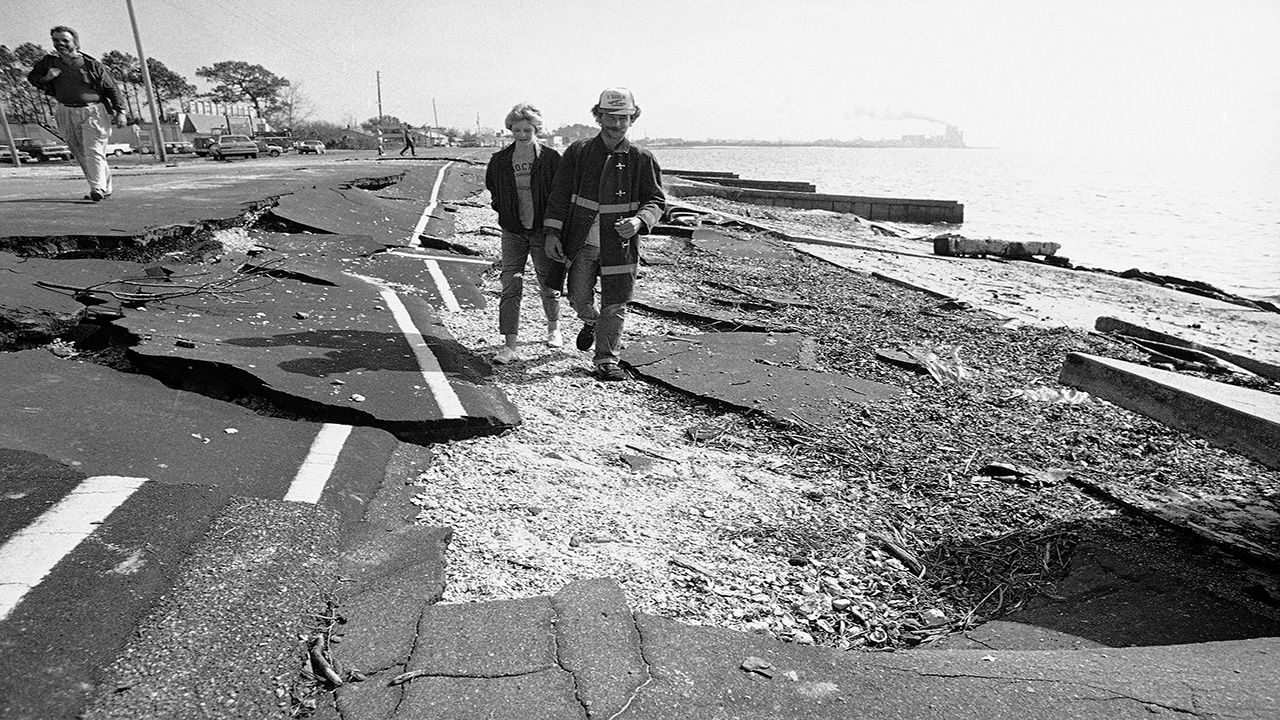
Hurricane Kate in 1985: Kate formed on Nov. 15 to the northeast of Puerto Rico and moved northwest. It made its first landfall in Cuba on Nov. 19 and moved back over open waters, where it intensified to a major Category 3 hurricane.
Kate continued northwest into the Gulf of Mexico, where a cold front steered the storm northeast. It made its final landfall near Mexico Beach, Florida Nov. 22 as a Category 2 hurricane.
Flooding from Kate damaged or destroyed more than 800 homes and buildings. The storm surge reached 11 feet along the Gulf Coast. The hurricane left 90% of Florida’s capital, Tallahassee, without power.
Leon and Jackson Counties had a curfew because of the power outages. The hurricane even led to a 2-week delay for the mayoral election in the Keys.
Hurricane Jeanne in 1980: Jeanne was an interesting case where it never made landfall but still brought devastating impacts to the U.S.
First forming in the Caribbean Sea on Nov. 8, Jeanne tracked northeast into the Gulf of Mexico, stalled, and dissipated, but not before it flooded the Keys.
Hundreds of miles from shore in any direction, it still brought heavy downpours to the Keys from its outer bands.
In six hours alone, Jeanne produced 13.58 inches of rain. It then produced record-breaking, 24-hour rainfall, with 23.28 inches falling in Key West, a record that still holds today.
1925 Florida Tropical Storm: A tropical storm makes our list as it is one of the deadliest tropical storms to impact the U.S., killing 73 people.
First originating in the Caribbean Sea, it tracked northeast and made its way across Florida, eventually bringing impacts to North Carolina.
Rainfall was high, with over 14 inches falling in Miami. Winds knocked out communication across south Florida when the gusts knocked down many telegraph wires.
The storm surge significantly damaged buildings that were even considered safe because of their distance from the shore.
The tropical storm impacted much of the east coast, bringing significant flooding and power outages from North Carolina to Maine.
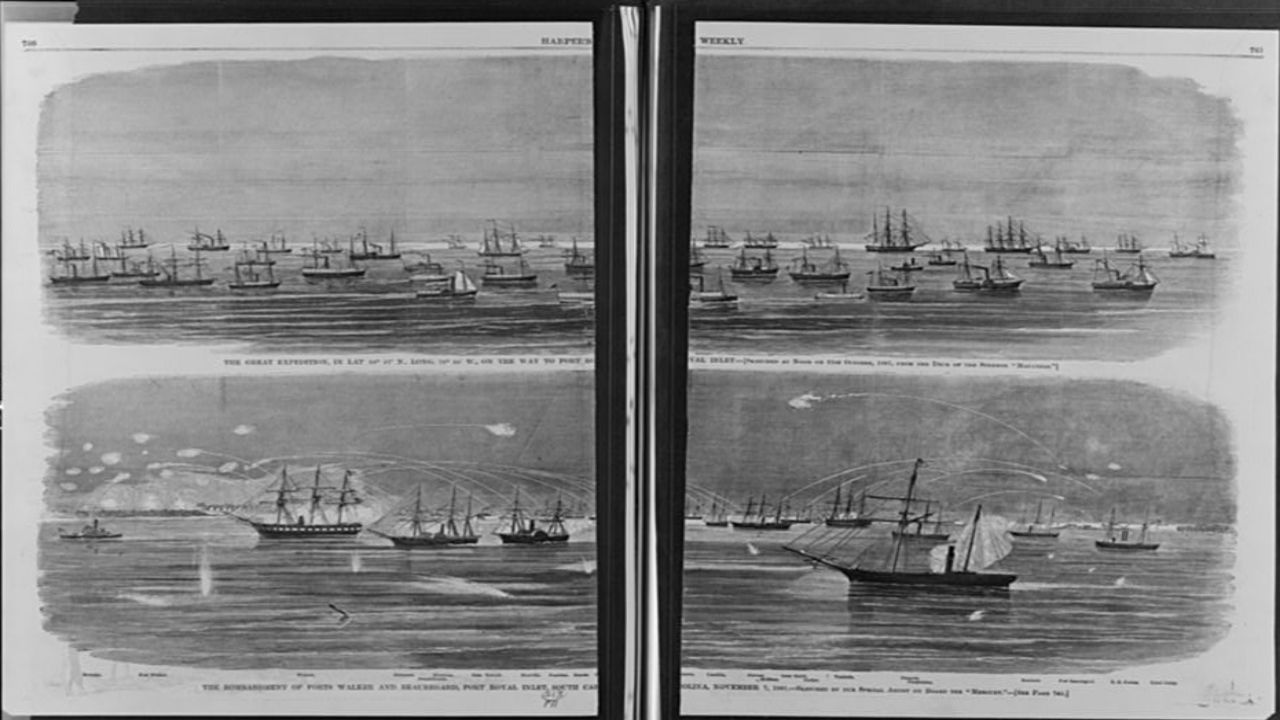
The Expedition Hurricane of 1861: The last storm of the season (and our list) caused many problems for soldiers.
It first developed off the southwest coast of Florida on Nov. 1, crossed Florida, then tracked up the eastern seaboard to Maine.
This hurricane reached Category 1 status and brought a lot of flooding along the entire east coast.
At the time, the United States Navy planned an expedition to capture the Confederate center at the Port Royal Sound in South Carolina. The storm tossed the ships violently, sunk two vessels, and killed 7 Marines.
Some ships returned home for repairs, but most of them completed the expedition despite the rough weather.
Activity will wind down as we head through November, but there's always a chance that a tropical storm or hurricane could make landfall in the U.S.
And even though the season ends on Nov. 30, storms can still occur outside of the season.
Make sure to always be prepared year-round.
Our team of meteorologists dives deep into the science of weather and breaks down timely weather data and information. To view more weather and climate stories, check out our weather blogs section.
Shelly Lindblade - Weather Producer
Shelly Lindblade is a weather producer for Spectrum News. She graduated from Florida State University with a Bachelor's of Science in Meteorology and started her career in front of the camera as a broadcast meteorologist. After 4 years of TV broadcasting, she now loves updating the public on the latest weather news from behind the scenes.





